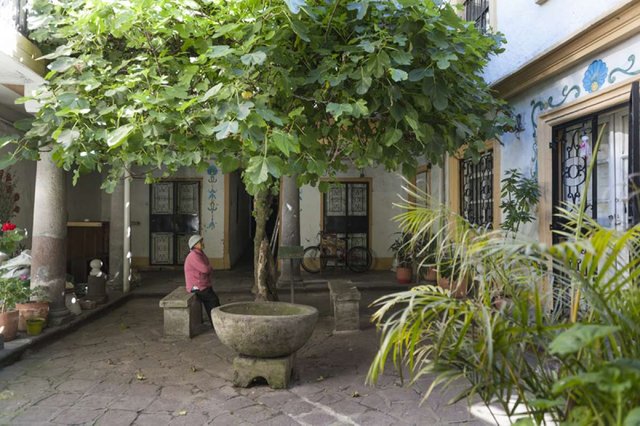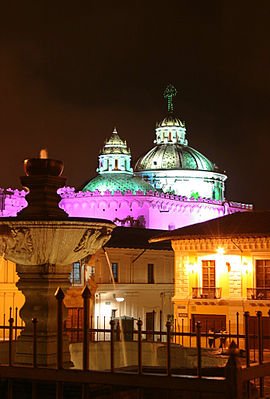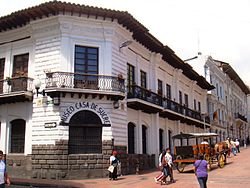RE: Rooftops of the Colonial Quito
We must remember that the Historical Center of Quito is considered the best preserved historical complex and one of the most important in Latin America. It has around 130 monumental buildings (housing a great diversity of pictorial and sculptural art, mainly of a religious nature) and was declared by Unesco, together with Krakow (Poland), the first World Heritage Site on September 8, 1978. The text states: "Quito forms a harmonious sui generis assembly where the actions of man and nature have come together to create a unique and transcendental work in its category". It is the least altered and the best preserved of America.
Historical center of Quito at night.
Now, the houses of the Historic Center of Quito are legendary buildings and maintain their colonial air and through them have developed many myths and legends that have passed from generation to generation, constituting an important piece of the identity of Quito.
And is that all the buildings of the center are related to matters beyond the grave. There are houses that owe their fame to events or stories more bizarre than spooky. That is the case of the "Casa del Higo", which was built in 1650 and that has the traditional characteristics of a colonial house: high walls (as you indicate in your post), balconies, patios full of vegetation, columns of stone, large and cold rooms, rooftops. This house belonged to 14 Spanish families until the beginning of the 19th century.

Here, in the "Casa del Higo" you can appreciate the magnitus of the house in terms of the size of windows, doors and ceiling height
The 'legend' of that house refers precisely to the fig tree planted in the main courtyard, whose leafy foliage shelters the balconies of the house. Fausto Recalde, current owner, said that one of the stories woven in relation to the property is the supposed property of the tree located inside of giving life or death to people. This urban myth would be related to the fact that the abundant leaves are, on the one hand, a great fertilizer, but that their consumption in infusions can cause abortions.
...and there is another great amount of myths and legends around the colonial houses of Quito.
In this colonial house, which is now a museum, lived the hero of the independence of South America (Venezuelan), Antonio Josè de Sucre "The Grand Marshal of Ayacucho".
Greetings.


I recognize this place:
